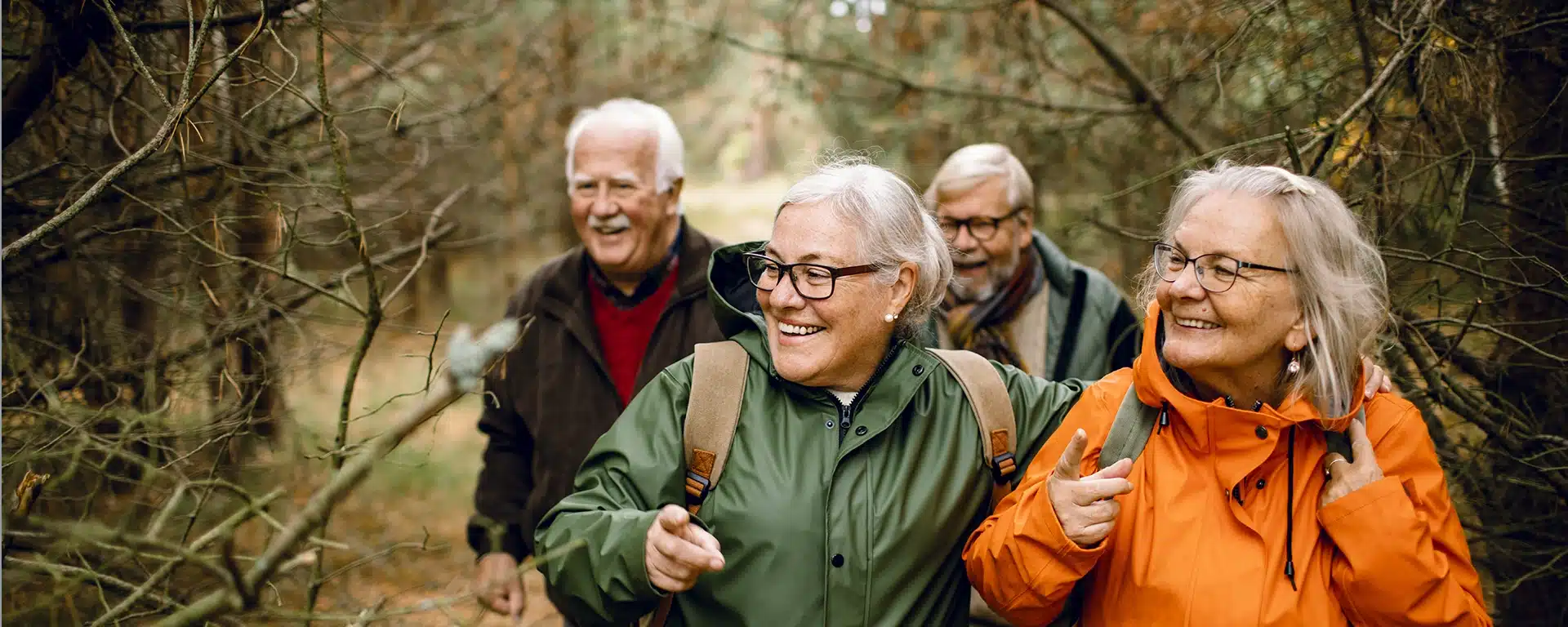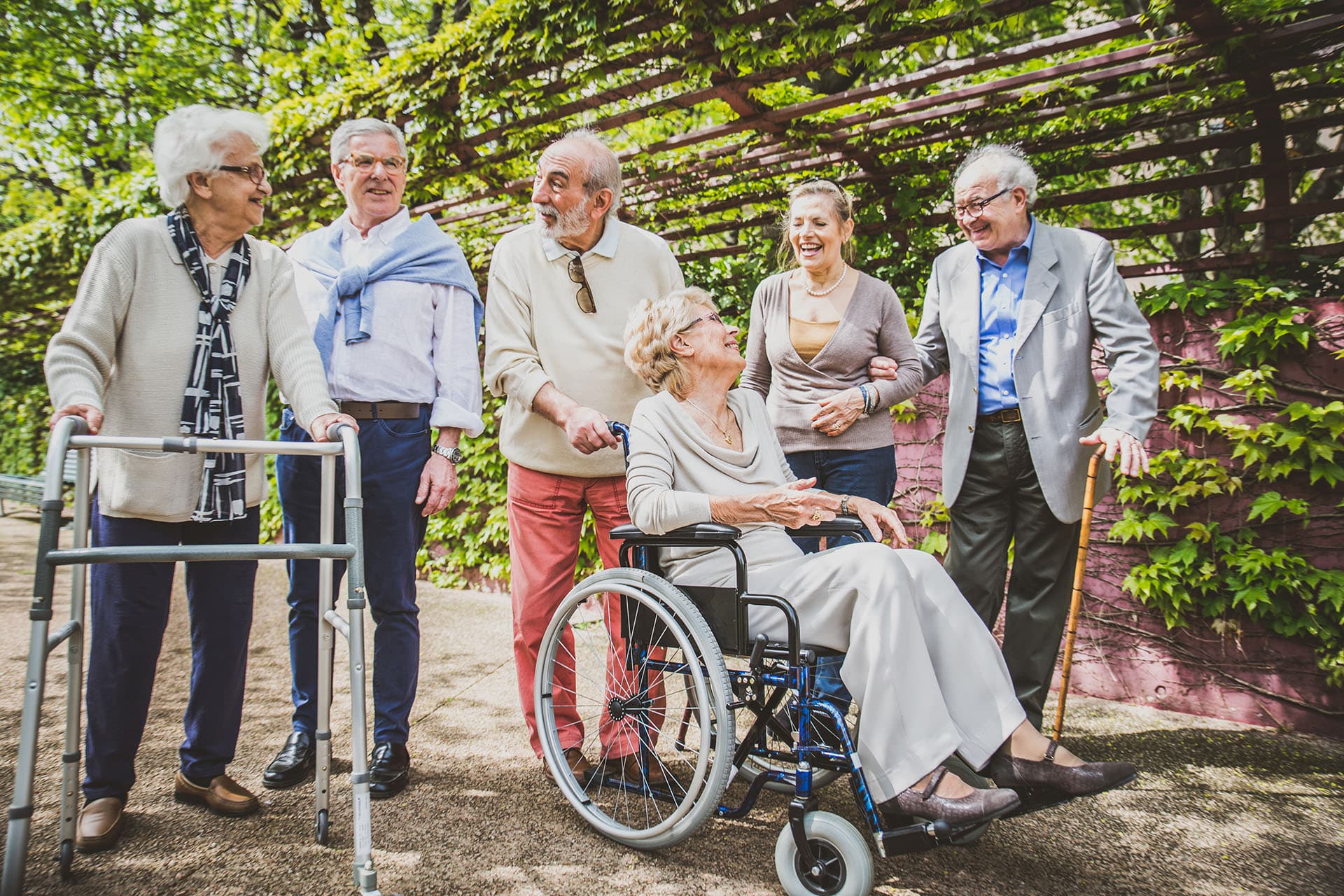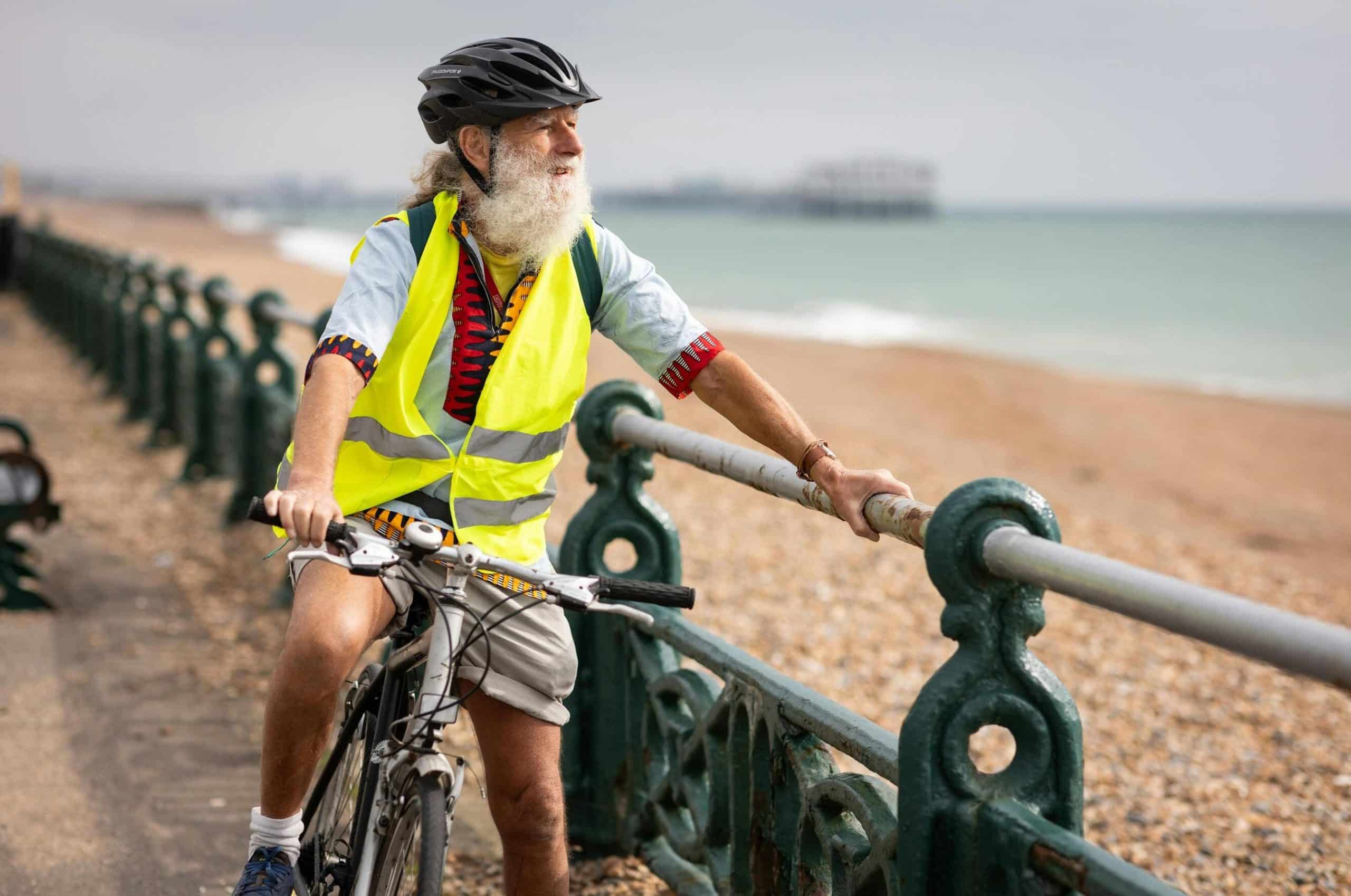Falls in the United States – Unveiling the Facts and Call to Action
Our previous discussions highlighted the alarming rate of falls among older individuals in Canada, spotlighting the critical need for home safety and proactive fall prevention measures. Yet, this issue is not confined to Canadian borders—it is a pressing, global challenge that requires our immediate and undivided attention.
In the United States, the situation is dire: falls are not merely common among the older adults; they stand as the leading cause of injury, underscoring an urgent need for effective fall prevention strategies. This stark reality emphasizes the importance of enhancing home safety and implementing preventive measures as life-saving actions. The threat of falls with its profound impact on health, independence, and quality of life, knows no boundaries affecting individuals and families, and communities across the globe.
As we examine the statistics and facts about falls in the U.S., it’s crucial to recognize the urgency of this. Together, we must take decisive steps to mitigate this risk, ensuring that our collective efforts lead to a safer, more secure environment for our aging population. The time to act is now; the well-being of our older loved ones depends on it.
The threat of falls for older adults in the United States:
- Annually, over 25% of Americans aged 65 and older experience falls. [4]
- In 2018, approximately 27.5% of U.S. adults aged 65 and older reported at least one fall. This equates to about 35.6 million falls among older adults. [5]
- Around 10.2% of these individuals, or about 8.4 million, reported injuries from these falls. [5]
- Falls are the top cause of both fatal and nonfatal injuries within group aged 65 and above. [6]
- The age-adjusted death rate from falls among older adults increased by 41% from 2012 to 2021. [6]
The older adult population in the United States:
- The U.S. saw its population aged 65 and over grow from 2010 to 2020 at the fastest rate since 1880 to 1890, reaching 55.8 million—a 38.6% increase in just a decade. [1]
- Projections indicate that the number of Americans aged 65 and older will rise from 58 million in 2022 to 82 million by 2050, an increase of 47%. This demographic’s share of the total population is expected to rise from 17% to 23% during this period. [2]
- Notably, the number of Americans aged 100 and older is projected to more than quadruple over the next three decades, from an estimated 101,000 in 2024 to about 422,000 in 2054. [3]
Effects of falls on the American community:
- The estimated annual medical costs for older adult falls are about $50 billion, with non-fatal injuries accounting for most of this expense. [6]
- Emergency departments address over 3 million fall-induced injuries annually, leading to over 800,000 hospital admissions. By 2030, the financial burden of treating fall-related injuries is expected to surpass $101 billion. [4]
- Projections suggest that there will be several fatal falls per hour by 2030 in the United States. [4]
Beyond physical harm, falls significantly affect the quality of life, instilling fear in many older adults. This fear often leads to reduced activity and social interaction, potentially causing further physical decline, depression, social isolation, and feelings of helplessness.
Causes of Falls:
- Individuals with mild hearing loss are almost three times more prone to falling, and the risk escalates with each 10-decibel increase in hearing loss. [4]
- Intrinsic causes include decreased physical abilities such as diminished eyesight, hearing, and reflexes. Health conditions like diabetes, heart disease, thyroid problems, and cognitive impairments also play significant roles in increasing fall risks. Muscle weakness, balance and gait problems, and medications that induce side effects like dizziness are notable contributors. Additionally, sarcopenia, an age-related loss of muscle mass, contributes to weakness and increased fall risk. [7]
- Extrinsic factors are largely environmental, involving hazards like poor lighting, uneven surfaces, and slippery floors. About 30%-50% of falls among older adults are attributed to such environmental conditions. [8]
Prevention of Falls:
In a 2018 report, the U.S. Preventive Services Task Force highlighted the importance of exercise in preventing falls among high-risk older adults. The report underscored that engaging in physical activity is crucial for reducing risks, offering substantial benefits towards enhancing the safety and well-being of the older adults.
Additionally, tailored, multifactorial interventions that assess individual risk factors and provide specific strategies showed a smaller benefit in fall prevention. Conversely, vitamin D supplementation was not effective in preventing falls among older adults without osteoporosis or vitamin D deficiency.
It is crucial to prioritize fall prevention strategies, as they greatly impact the health and well-being of the aging population. Environmental safety measures, such as the installation of grab bars, better lighting, and the removal of tripping hazards, are essential. Regular physical activity, customized to individual abilities, can also significantly reduce fall risks. To address intrinsic and extrinsic fall factors effectively, healthcare professionals recommend multifactorial interventions that include personalized prevention plans and risk assessments.
Prioritizing these preventive measures can significantly enhance the quality of life for older adults, no matter where they are in the world, safeguarding their independence and health. If you are worried about yourself or a loved one falling in the home, then take our risk assessment and get the insight you need to make your living space safer.
References:
U.S. Census Bureau, 2020 Census results [1]
Population Reference Bureau (PRB), Fact Sheet: Aging in the United States [2]
Pew Research Center analysis on centenarian trends [3]
National Council on Aging, Get the Facts on Falls Prevention [4]
Centers for Disease Control and Prevention, Older Adult Falls Data [6]
National Institute on Aging, Falls and fractures in older adults: Causes and prevention [7]
National Library of Medicine, Falls and Fall Prevention in Older Adults [8]








